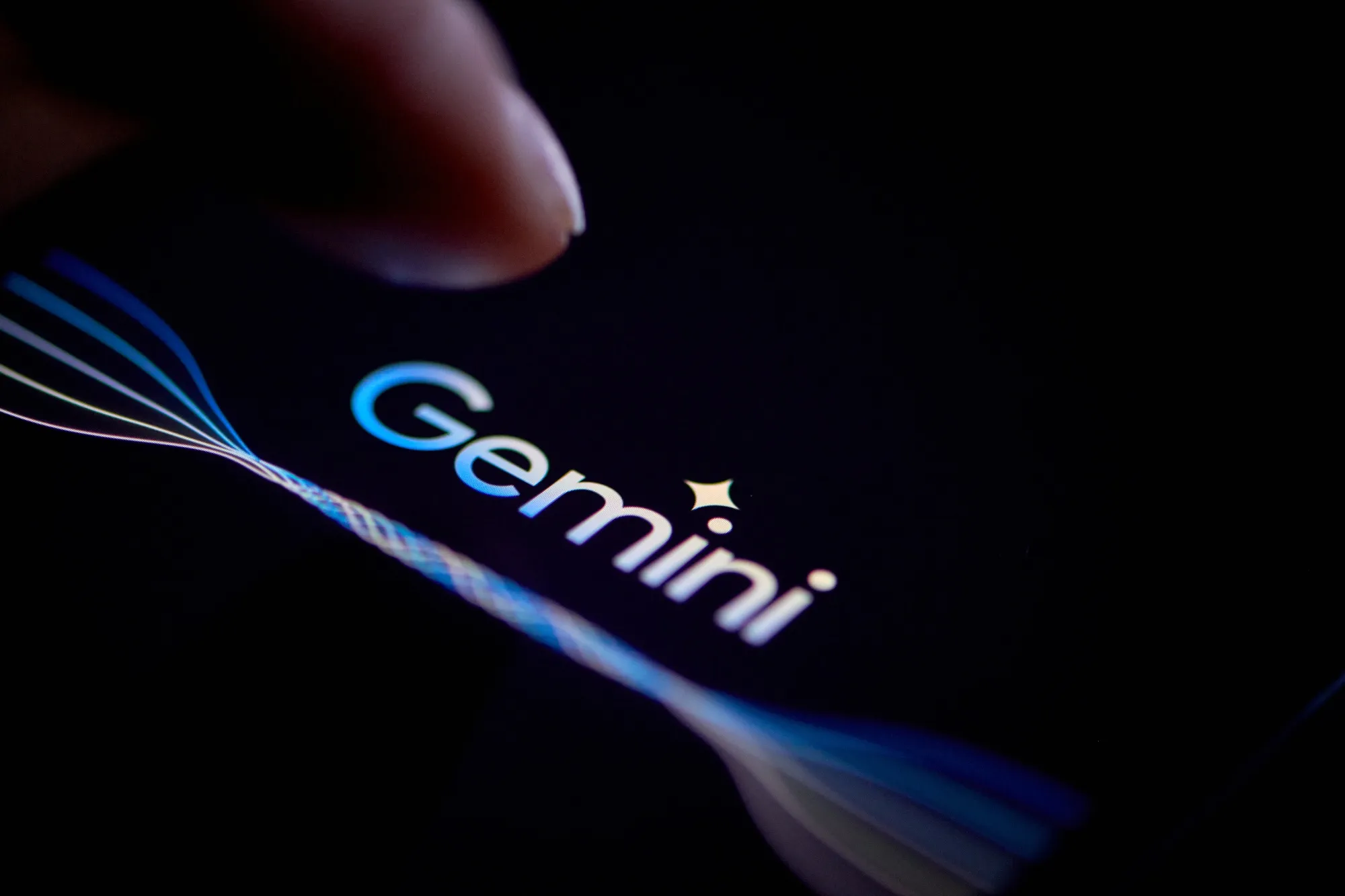In a groundbreaking move, Google has a new version of its Gemini AI model designed specifically for robots that can function without internet connectivity. This advancement marks a significant step in the evolution of autonomous machines, bringing AI-driven capabilities directly to the edge—where internet access may be limited or unavailable.
Gemini Goes Offline
Google’s Gemini family of AI models, known for powering advanced conversational agents and multimodal applications, is now expanding its reach into robotics. The new offline-capable Gemini variant enables robots to perform complex tasks such as object recognition, navigation, and human interaction entirely on-device.
This development eliminates one of the biggest challenges in robotic AI: reliance on cloud computing. Traditionally, many AI-powered robots need to constantly send and receive data from remote servers, limiting their use in environments where connectivity is weak, unstable, or non-existent—like hospitals, warehouses, disaster zones, or rural areas.
Smarter and More Secure Robots
By enabling AI models to run locally, Google enhances both speed and data privacy. Without the need to transmit information back and forth to the cloud, these robots can make real-time decisions faster and more securely. This is especially critical in sectors like healthcare and manufacturing, where data sensitivity and reaction time are paramount.
According to Google DeepMind, the new Gemini model supports multimodal understanding, allowing robots to interpret images, sounds, and language simultaneously—all without needing to be connected online.
Real-World Applications
The offline capabilities of the Gemini-powered robots unlock a host of real-world possibilities:
- Disaster Response: Robots can navigate through debris or collapsed buildings without needing connectivity.
- Healthcare: Assistive robots in hospitals can interact with patients and staff without risking data leaks.
- Logistics: Warehouse bots can function independently in large spaces with poor signal coverage.
Google has already begun testing these robots in controlled environments, with plans to expand into real-world deployments later this year.
A New Era of Edge AI
This launch is part of a broader trend toward Edge AI—bringing intelligence directly to devices rather than relying on central servers. It reduces latency, boosts resilience, and enhances user trust through on-device data handling.


